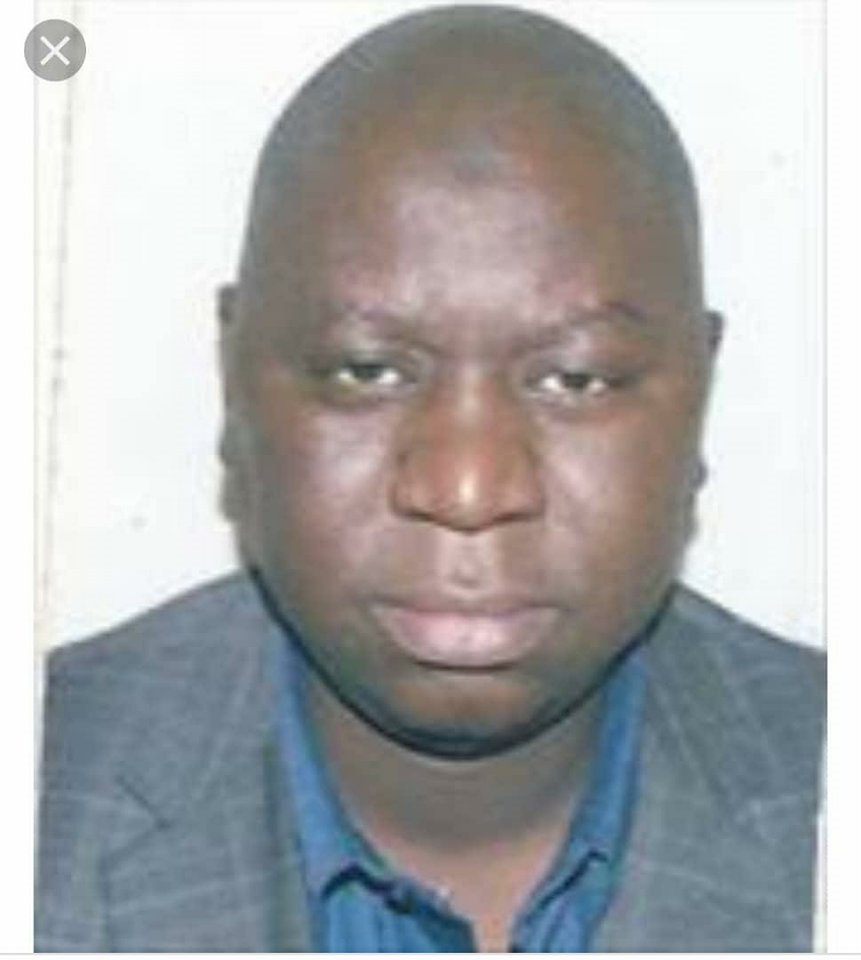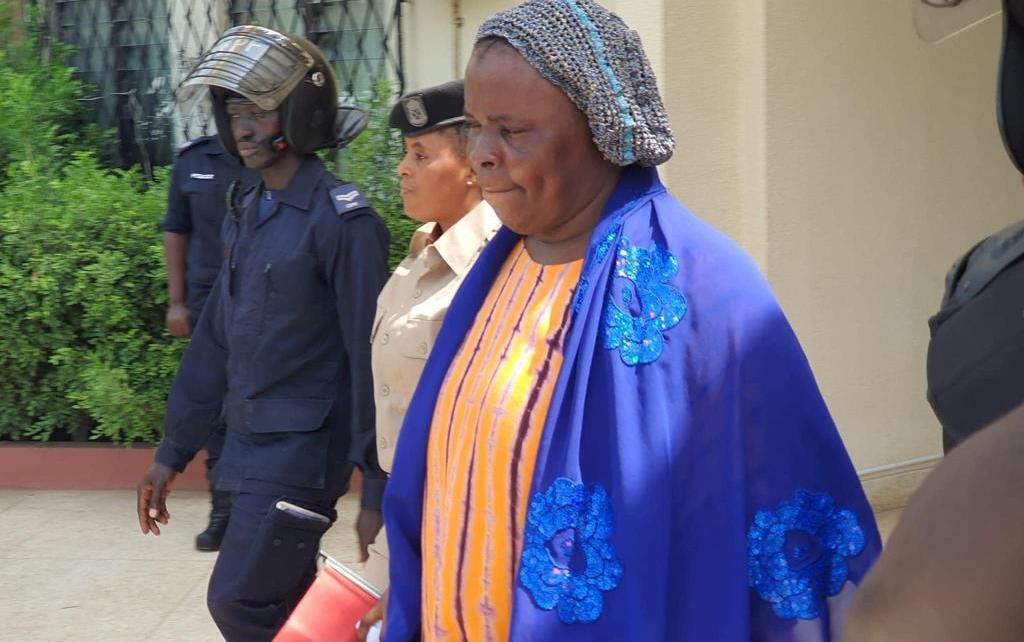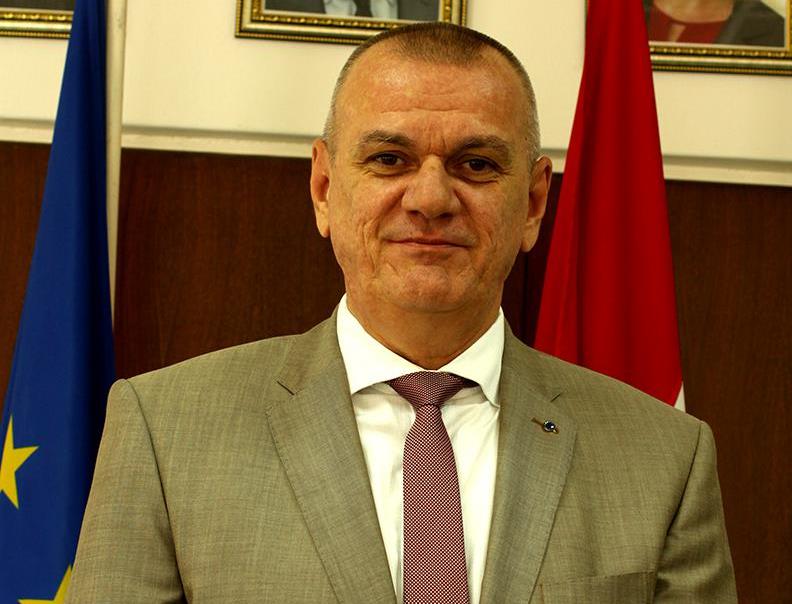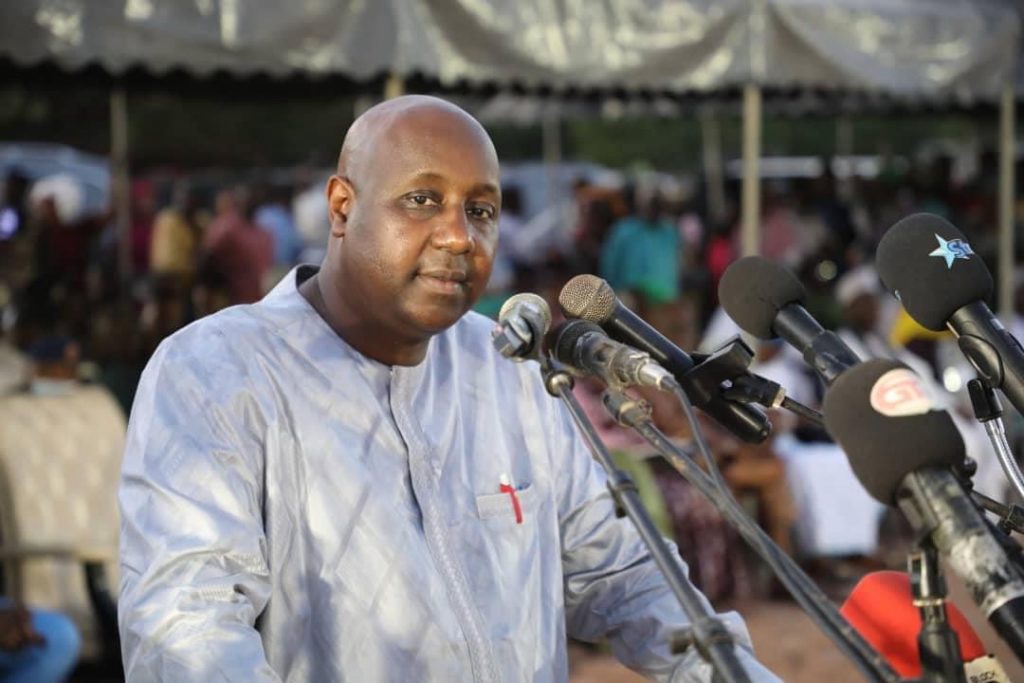By: Mariama K. Bojang
Nyakassi Sanyang, director general of the Gambia Bureau of Statistic has revealed the Gambia working age population stands at one million, two hundred and fifty- six thousands, eight hundred and fifty nine people.
“The total estimated population of The Gambia is 2.3 million, where 1.3 million, are aged 15yrs and above and the 1 million aged 0-14 yrs,” he said at the end of a workshop of the 2018 labour force survey.
The research was conducted by the Gambia Bureau of Statistic in partnership with the Ministry of Trade, Industry, Regional Integration and Employment (MOTIE) funded by the United Nations Development Program (UNDP) through the Entrepreneurship and Private Sector Development Project.
He said the recent survey aims to provide a benchmark data on some characteristics of labour force survey, saying it was conducted in 2012 and the 2018 labour force survey, describing is as the second of its kind.
The report he presented shows that the Labour Force Participation Rate is 57 %; 43% are outside the labor force.
“Employment rate is at 64.8% (431,168 persons): by sex, 63.9% are males and 36% females, by place of residence, 65.5% are in the urban areas and 34.5% rural areas and by Local Government Area (LGA), Brikama (51.1%) has the highest proportion, followed by Kanifing (26.2%),” his report added.
However, he further revealed the unemployment rate is 35.2% (234,725 persons): by sex, 42.9% are males and 57.1% females; by place of residence, 76.6% are in the urban areas and 23.4% rural areas; by Local Government Area (LGA), Basse recorded the highest proportion 24.6% followed by Brikama 21.7%.
He said the data shows that, most job seekers (69 %) were seeking assistance from friends or relatives to find jobs, followed by those who tried to start their own businesses (12.2 %) and responded to an advertisement (8.2 %).The findings further show that there are 47.6 per cent discouraged job seekers (males) and 52.4 per cent (females).
Director General Sanyang noted that on Time-Related Underemployment: Overall, 17.4% of the employed are in time-related underemployment, majority of whom (64.5%) live in urban areas. There are more underemployed females (60.7%) than males (39.3%).House work (28.9%), and inability to find more work (22.8%), were the main reasons for time-related underemployment.
On Youth Employment and Unemployment
“Youth unemployment rate is 41.5%; 56.8% of our youth are not in employment, education and training (NEET).There are 54 % of youth in the urban areas and 45.9 % in the rural areas that were NEET. Most of the discouraged youth job seekers live in the urban areas (67.2 %) than in the rural (32.8 %) areas,” he further revealed.
On External Migration
Mr. Sanyang noted that the findings of the survey show that 61,515 persons emigrated, of which 62.6 % used irregular means [“back way”,] 22,948 of the people who used the irregular means of migration are from the urban areas, while (15,543) are from the rural areas.
He added that Brikama had the highest number of emigrants with 13,768 and 7,698 who used the irregular and regular ways of migration, followed by Kanifing with 8,291 and 5,396 respectively.
On reasons for migration
He said in the report that, 21,294 were reportedly not employed and this was the main reason for migration for both the irregular migrants (59.6%) and the regular migrants (21.6%).
On Child work and Labour
In conclusion he stated that Overall, there are 495,717 children of age 7-14 years of which 249, 912 are females and 245,805 are males. The findings of the survey show that the proportion of the male children working is 74.7% and 25.3% are females. Children working in hazardous environment are 32.1%.





